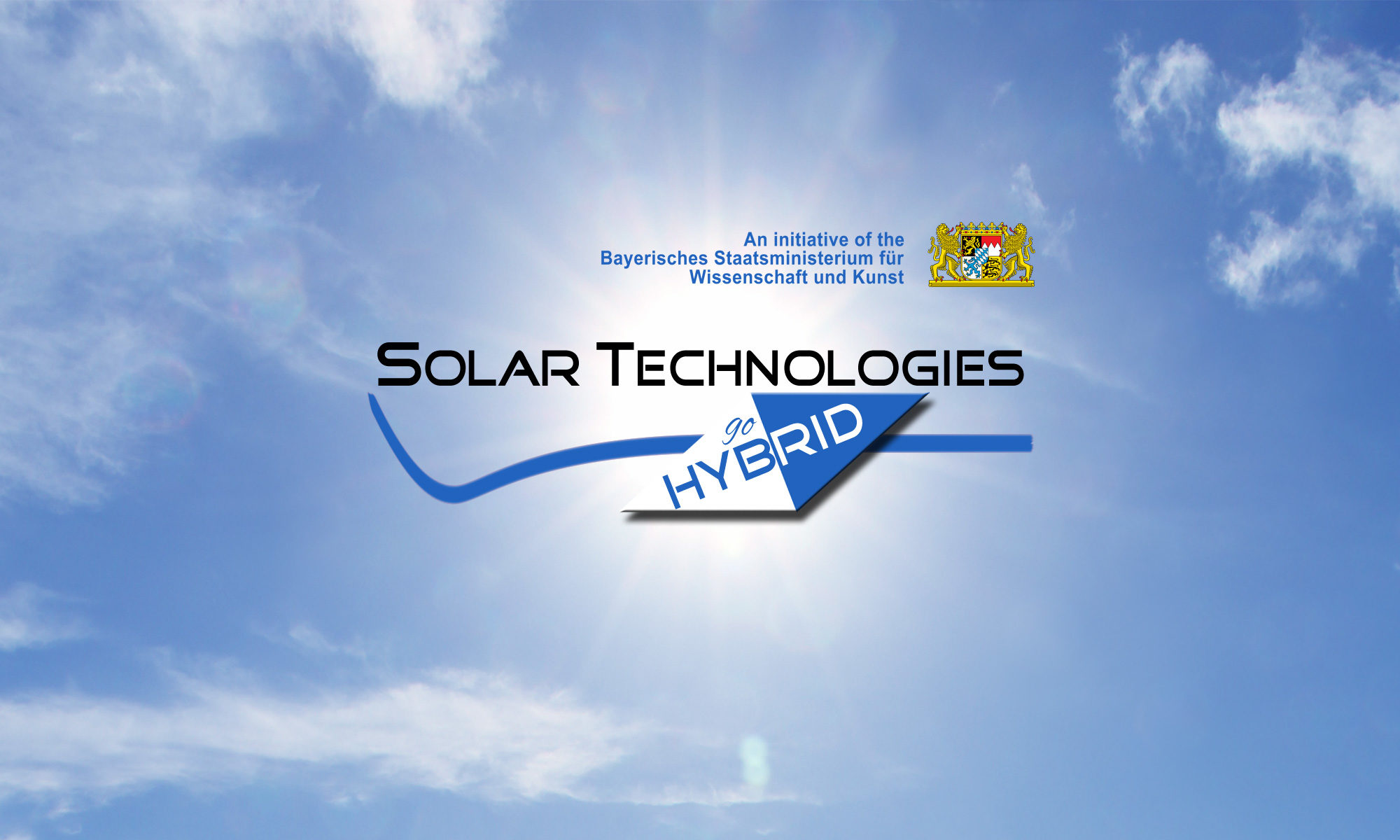Search references:
Kang, Ziyong; Tong, Yu; Wang, Kun; Chen, Yali; Yan, Peng; Pan, Guangjiu; Müller-Buschbaum, Peter; Zhang, Lu; Yang, Yang; Wu, Jiandong; Xie, Haijiao; Liu, Shengzhong; Wang, Hongqiang
Tailoring Low-Dimensional Phases for Improved Performance of 2D-3D Tin Perovskite Solar Cells Journal Article
In: ACS Materials Letters, vol. 6, no. 1, pp. 1 – 9, 2024, ISSN: 26394979, (Cited by: 3).
@article{Kang20241,
title = {Tailoring Low-Dimensional Phases for Improved Performance of 2D-3D Tin Perovskite Solar Cells},
author = {Ziyong Kang and Yu Tong and Kun Wang and Yali Chen and Peng Yan and Guangjiu Pan and Peter Müller-Buschbaum and Lu Zhang and Yang Yang and Jiandong Wu and Haijiao Xie and Shengzhong Liu and Hongqiang Wang},
url = {https://www.scopus.com/inward/record.uri?eid=2-s2.0-85181018682&doi=10.1021%2facsmaterialslett.3c00929&partnerID=40&md5=33d2f41ede233f1b22168434e254337d},
doi = {10.1021/acsmaterialslett.3c00929},
issn = {26394979},
year = {2024},
date = {2024-01-01},
journal = {ACS Materials Letters},
volume = {6},
number = {1},
pages = {1 – 9},
publisher = {American Chemical Society},
abstract = {2D-3D tin perovskites are considered as promising candidates for realizing efficient lead-free perovskite solar cells (PSCs). However, the ultrathin 2D phases could unfavorably affect charge transport and device performance. In the present work, we demonstrate that the introduction of D-homoserine lactone hydrochloride (D-HLH) can tailor the low-dimensional phases and improve the quality of 2D-3D tin perovskite films. The functional group in D-HLH can interact with FA+ and I- as well as Sn2+ in the precursor solution. These interactions not only affect the formation of tin perovskite film and favor the formation of thicker 2D phases but also decrease the defect density and suppress the nonradiative recombination. As a result, the efficiency of tin PSCs is significantly improved from 7.97 to 12.45%, and the stability of the device is also enhanced. This work provides a feasible strategy to regulate the low-dimensional phases in 2D-3D tin PSCs toward realizing high efficiency. © 2023 American Chemical Society.},
note = {Cited by: 3},
keywords = {},
pubstate = {published},
tppubtype = {article}
}
References (last update: Sept. 23, 2024):
2024
Kang, Ziyong; Tong, Yu; Wang, Kun; Chen, Yali; Yan, Peng; Pan, Guangjiu; Müller-Buschbaum, Peter; Zhang, Lu; Yang, Yang; Wu, Jiandong; Xie, Haijiao; Liu, Shengzhong; Wang, Hongqiang
Tailoring Low-Dimensional Phases for Improved Performance of 2D-3D Tin Perovskite Solar Cells Journal Article
In: ACS Materials Letters, vol. 6, no. 1, pp. 1 – 9, 2024, ISSN: 26394979, (Cited by: 3).
Abstract | Links | BibTeX | Tags: Efficiency; Perovskite; Tin; Titanium nitride; Defects density; Device performance; Homoserine lactones; Lead-free perovskites; Low-dimensional phasis; Performance; Perovskite films; Precursor solutions; Transport performance; Ultra-thin; Perovskite solar cells
@article{Kang20241,
title = {Tailoring Low-Dimensional Phases for Improved Performance of 2D-3D Tin Perovskite Solar Cells},
author = {Ziyong Kang and Yu Tong and Kun Wang and Yali Chen and Peng Yan and Guangjiu Pan and Peter Müller-Buschbaum and Lu Zhang and Yang Yang and Jiandong Wu and Haijiao Xie and Shengzhong Liu and Hongqiang Wang},
url = {https://www.scopus.com/inward/record.uri?eid=2-s2.0-85181018682&doi=10.1021%2facsmaterialslett.3c00929&partnerID=40&md5=33d2f41ede233f1b22168434e254337d},
doi = {10.1021/acsmaterialslett.3c00929},
issn = {26394979},
year = {2024},
date = {2024-01-01},
journal = {ACS Materials Letters},
volume = {6},
number = {1},
pages = {1 – 9},
publisher = {American Chemical Society},
abstract = {2D-3D tin perovskites are considered as promising candidates for realizing efficient lead-free perovskite solar cells (PSCs). However, the ultrathin 2D phases could unfavorably affect charge transport and device performance. In the present work, we demonstrate that the introduction of D-homoserine lactone hydrochloride (D-HLH) can tailor the low-dimensional phases and improve the quality of 2D-3D tin perovskite films. The functional group in D-HLH can interact with FA+ and I- as well as Sn2+ in the precursor solution. These interactions not only affect the formation of tin perovskite film and favor the formation of thicker 2D phases but also decrease the defect density and suppress the nonradiative recombination. As a result, the efficiency of tin PSCs is significantly improved from 7.97 to 12.45%, and the stability of the device is also enhanced. This work provides a feasible strategy to regulate the low-dimensional phases in 2D-3D tin PSCs toward realizing high efficiency. © 2023 American Chemical Society.},
note = {Cited by: 3},
keywords = {Efficiency; Perovskite; Tin; Titanium nitride; Defects density; Device performance; Homoserine lactones; Lead-free perovskites; Low-dimensional phasis; Performance; Perovskite films; Precursor solutions; Transport performance; Ultra-thin; Perovskite solar cells},
pubstate = {published},
tppubtype = {article}
}
